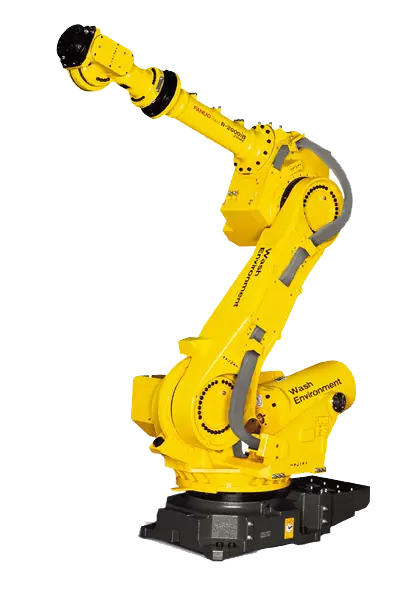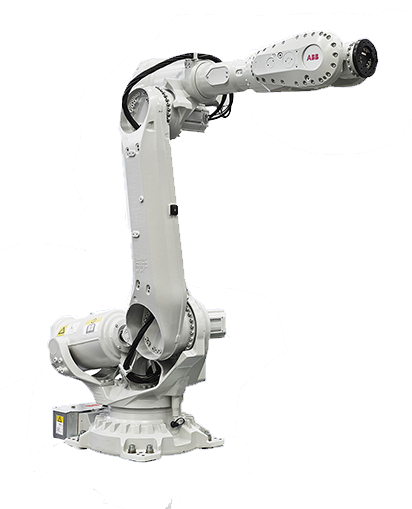Robots Done Right |
Used Robot Sales |

Sealing Robots

Industrial robots performing sealing applications are becoming quite common in the industrial world due to their speed and precision. Sealing is a joining process that involves the application of a sealant to a workpiece in order to prevent substances such as dust, gases, liquids, heat, or cold from passing from one area to another. It requires extreme detail and accuracy in order to be effective and protect the integrity of the product. Sealing robots such as the Motoman ES200N are integrated to work with material pumps, regulators, and dispensing guns to apply a continuous path of sealant without deviation to a stationary or moving part.
Sealing robots can work with a number of materials including metals, plastics, and composites in both small and high-volume productions. They are ideal for working with parts that are continuously manufactured over and over. Their robot memory allows for the storage of part specific programs and they can access these programs when needed. This allows them to be able to handle a variety of part shapes and sizes, regardless of how much time has passed in between production of a particular part. Operations continue to run seamlessly with no downtime needed to adjust to different workpieces.
Replacing manual sealing applications with a robot such as the ABB IRB 6640-205/2.75 removes workers from a tedious and hazardous work environment. Sealants can be dangerous to work with due to the toxic chemicals they consist of. Inhalation of these chemicals can lead to adverse long-term health effects for workers. Workers are also at risk of stress injuries due to the repetitive bending, crouching, and reaching motions when applying sealants. Workers injuries can increase production delays and lead to costly worker injury claims for companies. Sealing robots are built to handle the harsh environments and repetitiveness of sealing applications without failure while employees can be moved to more fulfilling and safer jobs.
Sealing robots also help manufacturers reduce their environmental footprint. Adapting a robot like the FANUC R-2000ib/125L helps to reduce the stack volatile organic compounds (VOC) volumes produced during the manufacturing process. The reduction of wasted sealant and materials due the increased precision of sealing robots results in less scrap that needs to be landfilled.
Contact us by email mm@robotsdoneright.com or phone (440) 724-6568 today to discuss buying or selling a sealing robot.